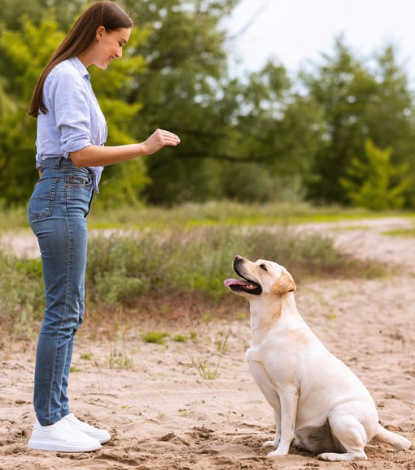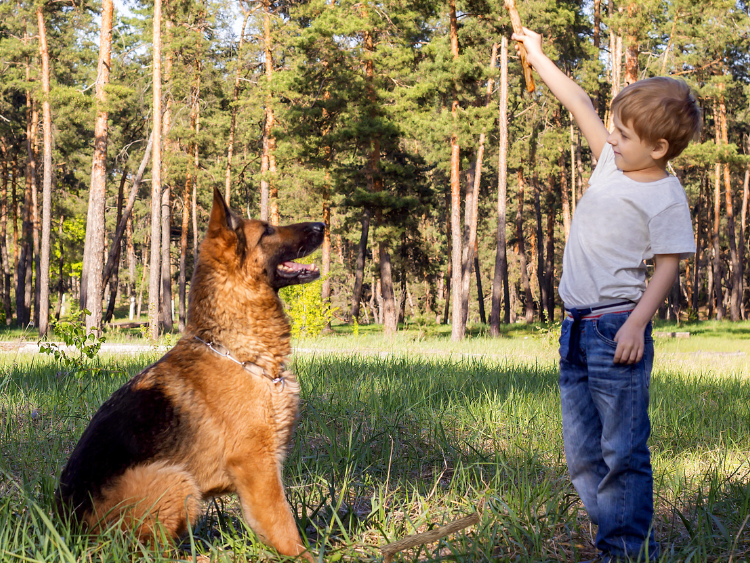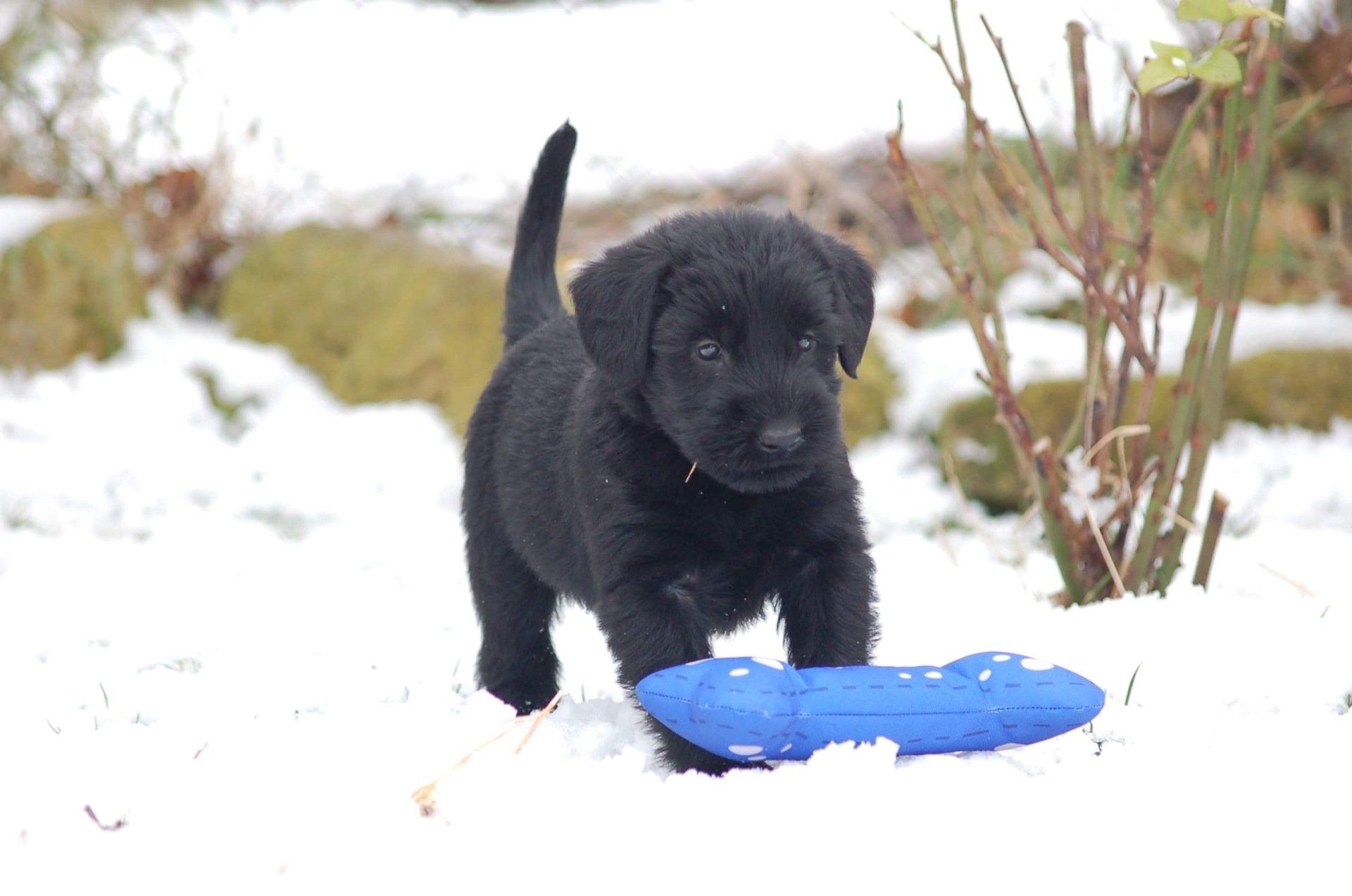At Full Contact K9, we don’t just train dogs to go through the motions; we teach them to
understand. Whether your dog is a family companion or a high-drive working partner, the goal is the same: clear, consistent behavior in the real world. That takes more than just treats it takes a balanced approach.
How Dogs Learn: Motivation Drives Behavior
Dogs are motivated by what benefits them: comfort, reward, or avoiding discomfort. They don’t think like humans, and training them effectively means using the tools that align with how they learn.
We work primarily within two learning systems:
1. Positive Reinforcement
Add something the dog likes (treats, praise, play) when they do something right.
Example: Reward a sit with a treat. Ignore a jump.
2. Negative Reinforcement (Avoidance Training)
Apply mild pressure that stops once the dog performs the desired behavior.
Example: Gentle leash tension that releases when the dog walks nicely beside you.
These systems help build understanding. If a dog knows a command and chooses to ignore it, a correction (like a quick leash pop) might follow, then the reward returns when behavior improves.
Corrections Aren’t Cruel, They’re Communication
Ignoring unwanted behavior doesn’t always work. And outside of a controlled environment, real-world distractions often overpower food rewards.
To stop dangerous or disruptive behavior like chasing cars, barking at guests, or jumping on strangers, you sometimes need to apply a correction or aversive stimulus. It’s not punishment. It’s clear communication: “That’s not acceptable.” When used fairly, corrections are humane and effective.
Why Positive-Only Training Falls Short
Modern training often leans too far into “positive-only” methods. While these tools are important, relying on them exclusively is unrealistic, especially with strong, independent, or reactive dogs.
No experienced trainer using rewards alone has consistently solved complex behavioral problems across all dogs. Balanced trainers, who use the
full toolbox, consistently get better results because they work with dogs as they truly are.
Dogs Aren’t People, And That’s Okay
Dogs understand structure. They correct each other with growls, snaps, and body language. They don’t take things personally. They’re not emotional in the way humans are. And they thrive with clear expectations.
We don’t hesitate to use reins or spurs with horses. But because dogs sleep on our couches, we hesitate to apply the same clarity in training. That hesitation can create confusion, not kindness.
Balanced training means giving dogs what they need, not just what feels good to us.
The Full Contact K9 Philosophy
We don’t rely on gimmicks. We don’t follow trends. We use what works.
•We blend positive reinforcement with structure, timing, and well-applied consequences.
•We train calmly, fairly, and clearly.
•We prioritize real-world reliability and strong relationships between dog and handler.
If you want a dog who respects you, listens off-leash, and performs without needing a treat in hand, you need a training method that includes more than one approach.
Know Your Tools: Quick Definitions
- Positive Reinforcement: Adding a pleasant reward to increase behavior.
- Negative Reinforcement: Removing mild discomfort when the dog does the right thing.
- Aversive Stimulation: Adding something unpleasant to stop unwanted behavior.
- Correction: A consequence for ignoring a known command, used to reduce unwanted behavior.
Ready to Train with Clarity?
Let’s move beyond the treat pouch. Let’s create a dog who performs in the real world, calm, confident, and reliable.
Contact Full Contact K9 today to schedule a consultation.





